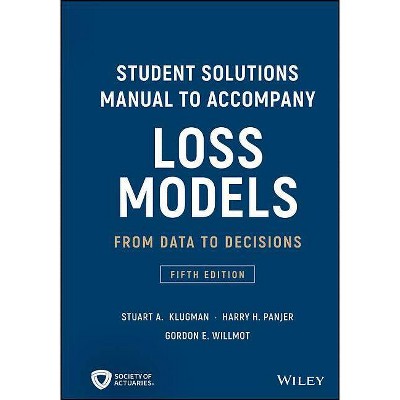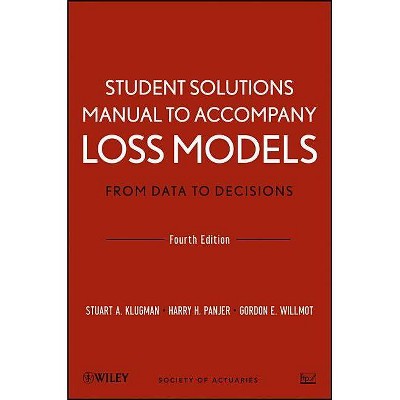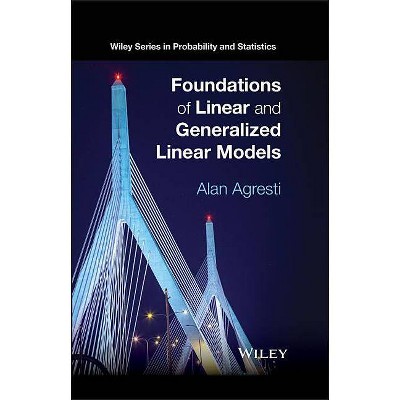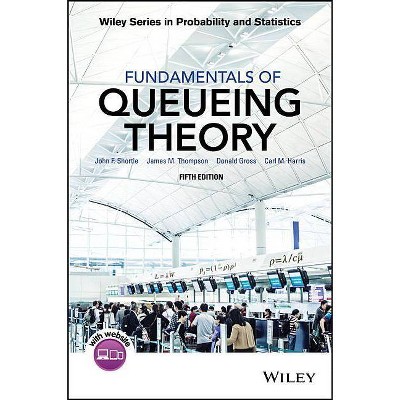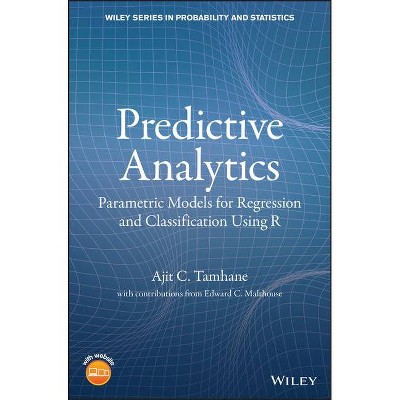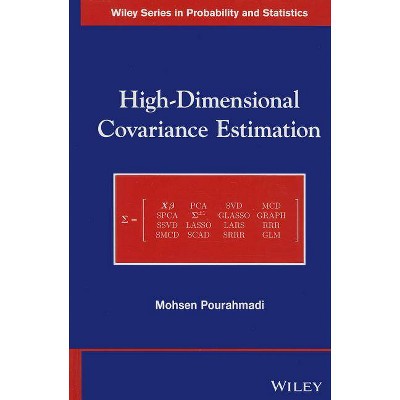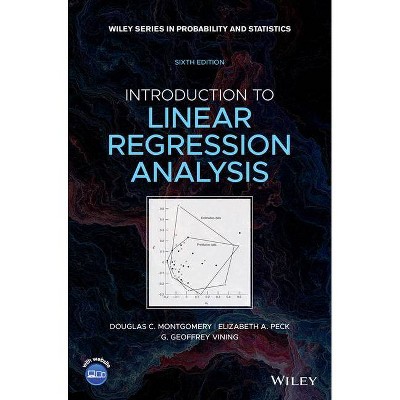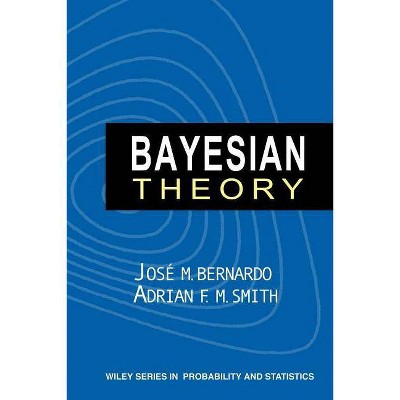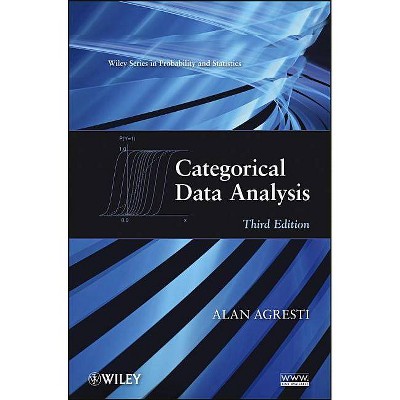Loss Models - (Wiley Probability and Statistics) by Stuart A Klugman & Harry H Panjer & Gordon E Willmot (Hardcover)
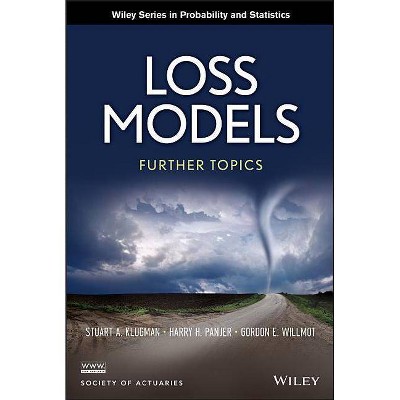
Similar Products
Products of same category from the store
AllProduct info
<p/><br></br><p><b> Book Synopsis </b></p></br></br><p>An essential resource for constructing and analyzing advanced actuarial models <br /> <br /> <br /> <i>Loss Models: Further Topics</i> presents extended coverage of modeling through the use of tools related to risk theory, loss distributions, and survival models. The book uses these methods to construct and evaluate actuarial models in the fields of insurance and business. Providing an advanced study of actuarial methods, the book features extended discussions of risk modeling and risk measures, including Tail-Value-at-Risk. <i>Loss Models: Further Topics</i> contains additional material to accompany the Fourth Edition of <i>Loss Models: From Data to Decisions</i>, such as: </p> <ul> <li>Extreme value distributions</li> <li>Coxian and related distributions</li> <li>Mixed Erlang distributions</li> <li>Computational and analytical methods for aggregate claim models</li> <li>Counting processes</li> <li>Compound distributions with time-dependent claim amounts</li> <li>Copula models</li> <li>Continuous time ruin models</li> <li>Interpolation and smoothing</li> </ul> <p>The book is an essential reference for practicing actuaries and actuarial researchers who want to go beyond the material required for actuarial qualification. <i>Loss Models: Further Topics</i> is also an excellent resource for graduate students in the actuarial field.</p><p/><br></br><p><b> From the Back Cover </b></p></br></br><p><b>An essential resource for constructing and analyzing advanced actuarial models</b></p> <p><i>Loss Models: Further Topics</i> presents extended coverage of modeling through the use of tools related to risk theory, loss distributions, and survival models. The book uses these methods to construct and evaluate actuarial models in the fields of insurance and business. Providing an advanced study of actuarial methods, the book features extended discussions of risk modeling and risk measures, including Tail-Value-at-Risk. <i>Loss Models: Further Topics</i> contains additional material to accompany the <i>Fourth Edition</i> of <i>Loss Models: From Data to Decisions, </i> such as: </p> <ul> <li>Extreme value distributions</li> <li>Coxian and related distributions</li> <li>Mixed Erlang distributions</li> <li>Computational and analytical methods for aggregate claim models</li> <li>Counting processes</li> <li>Compound distributions with time-dependent claim amounts</li> <li>Copula models</li> <li>Continuous time ruin models</li> <li>Interpolation and smoothing</li> </ul> <p>The book is an essential reference for practicing actuaries and actuarial researchers who want to go beyond the material required for actuarial qualification. <i>Loss Models: Further Topics</i> is also an excellent resource for graduate students in the actuarial field.</p><p/><br></br><p><b> About the Author </b></p></br></br><p><b>STUART A. KLUGMAN, PhD, </b> is Staff Fellow (Education) at the Society of Actuaries and Principal Financial Group Distinguished Professor Emeritus of Actuarial Science at Drake University. Dr. Klugman is a two-time recipient of the Society of Actuaries' Presidential Award.</p> <p><b>HARRY H. PANJER, PhD, </b> is Distinguished Professor Emeritus in the Department of Statistics and Actuarial Science at the University of Waterloo, Canada. Dr. Panjer was previously president of the Canadian Institute of Actuaries and the Society of Actuaries.</p> <p><b>GORDON E. WILLMOT, PhD, </b> is Munich Re Chair in Insurance and Professor in the Department of Statistics and Actuarial Science at the University of Waterloo, Canada. Dr. Willmot has authored more than eighty-five articles in the areas of risk theory, queuing theory, distribution theory, and stochastic modeling in insurance.</p>
Price History
Price Archive shows prices from various stores, lets you see history and find the cheapest. There is no actual sale on the website. For all support, inquiry and suggestion messagescommunication@pricearchive.us
